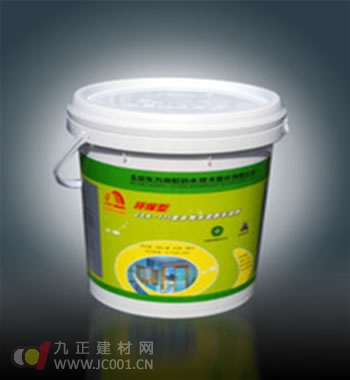The success of a waterproof coating largely depends on the condition of the base surface. Before applying the coating, it's essential to properly prepare the base layer. The rougher the surface, the more material you'll need. To ensure optimal results, smooth out the base as much as possible and make sure it is clean, free from dust, dirt, and oil. A thorough cleaning with a mop or brush can help remove any debris that might compromise the adhesion of the coating. If not done properly, the coating may crack or lose its effectiveness over time.
When choosing waterproofing products, it's important to understand the differences between types. On the market, you’ll find various options such as slurry-based, cementitious, or emulsion-based coatings, which are often categorized into Type I and Type II. Some people believe that Type II is better for indoor use, but professionals recommend focusing on the nature of the product—whether it’s rigid or flexible. Look for the mix ratio, like 12kg + 8L, which indicates the proportion of cement to emulsion. Also, note that some products are labeled as "kitchen and bathroom" specific, but in reality, general-purpose indoor waterproof coatings can work just fine in those areas.

Key Construction Tips for Waterproof Coating
Modern waterproofing materials have evolved significantly, offering improved performance and ease of application. One of the most popular options today is polymer cement-based coatings, known for their durability and long-lasting protection—often lasting up to 20 years or more. Here are some important construction guidelines:
1. Apply the coating when temperatures are above 5°C, and avoid applying it if rain is expected within the next 24 hours.
2. Brush the coating in both horizontal and vertical directions, allowing at least 4 hours between coats for proper drying.
3. For special applications or high-risk areas, consider adding an extra coat to enhance the waterproofing effect.
4. In humid conditions or when temperatures are low, extend the drying time to ensure the coating sets correctly.
5. If the temperature is high during application, you can add a bit more water to the mixture to reduce viscosity and improve workability.
By following these steps and paying attention to surface preparation and material selection, you can achieve a reliable and long-lasting waterproofing solution that protects your space effectively.
Aluminum Fastener,Aluminum Rivets,Aluminum Screws,Aluminium Rivet
Taizhou TS HARDWARE Co., Ltd , https://www.shuwengroup.com